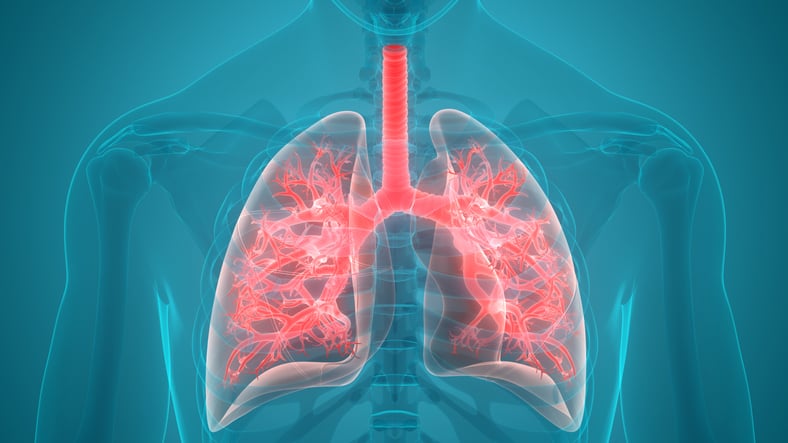Lung cancer-related fatalities in the United States reached 153,718 in 2015, which is the equivalent of a catastrophic disaster such as a Boeing 777 plane crashing and killing 550 people every 1.5 days. After breast cancer (for women) and prostate cancer, lung cancer is the third most prevalent malignancy (for men). In the United States in 2015, there were 218,527 new cases of lung cancer diagnosed. Because of the high prevalence and mortality of this disease, it is critical for fast, accurate, and early detection and staging of lung cancer using minimally invasive techniques. As a result, it is critical to adequately train pulmonary physicians to execute and offer these services to our patients. There is presently no standard curriculum for endobronchial ultrasound-guided transbronchial needle aspiration bronchoscopy instruction, and training techniques differ amongst training programmes.
Can high-fidelity computer-based simulation help physicians learn how to perform endobronchial ultrasound-guided transbronchial needle aspiration? What evaluation techniques can be utilised to evaluate trainees’ skill level and competency in order to ensure adequate training for such a critical procedure?


